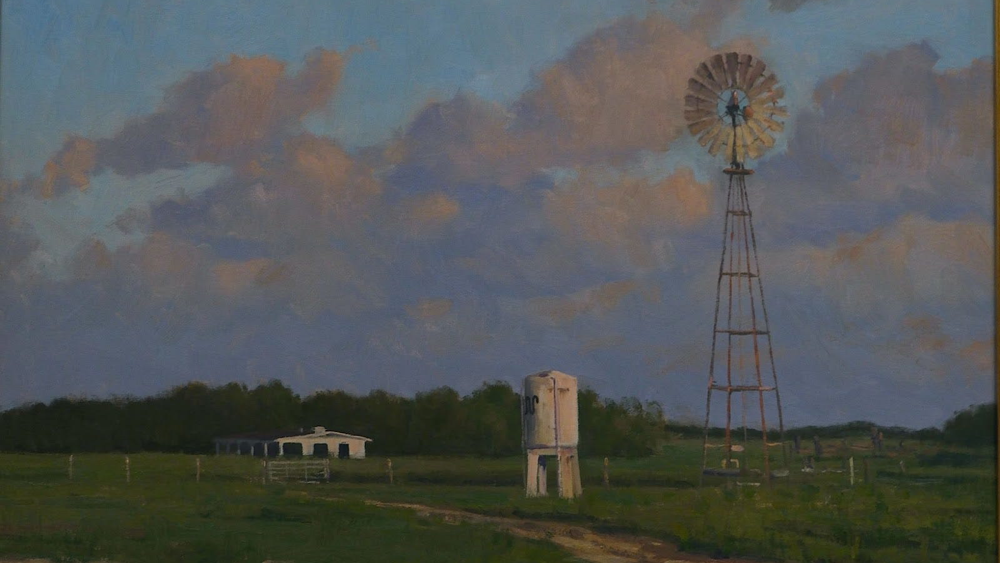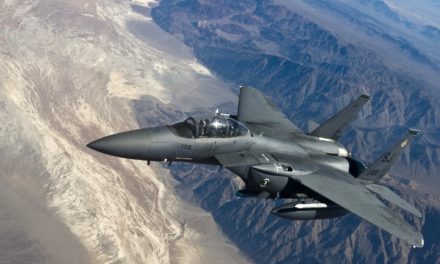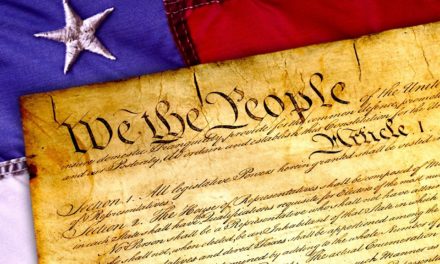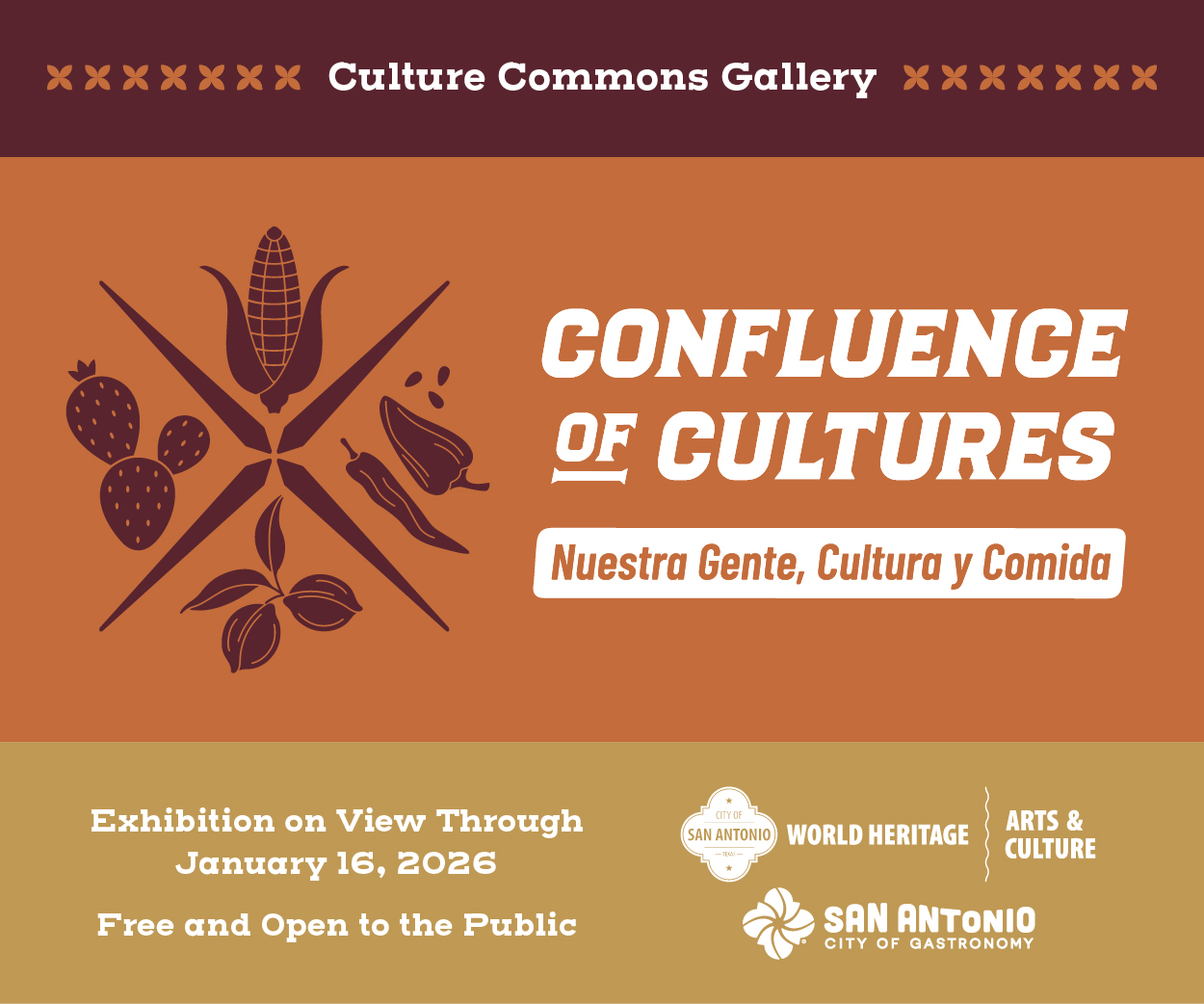The Art Museum of South Texas in Corpus Christi opened in 1936 as the Centennial Museum. It became Art Museum of South Texas in 1945. In the early 1970s board
members contracted New York architect Philip Johnson, considered one of the founders of postmodern architecture to design the first phase of the Art Museum of South Texas. The museum collected mostly Texas art, much of which consisted of paintings, photographs, sculptures, ceramics, glass, and works of art on paper.
In the mid-1990s several museum board members from Corpus Christi visited the San Antonio Public Library designed by famed Mexican architect Ricardo Legorreta. They loved his bold style and contracted Legorreta in 1997 to complete the second phase of the art museum. The new expansion was completed in 2006 and doubled the museum’s size.
The large white museum building is bold, with a series of pyramid peaks on the roof lining the back of the structure and stone water features streaming along the inviting entrance pathway reflecting Legorreta’s brilliant Mexican architectural style. Over the last two decades, the Art Museum began acquiring Latino art and exhibiting the works of major Chicano artists including Cesar Martinez, Rolando Briceno, and Bruno Andrade whose works are currently on display.
This summer the beautiful paintings of contemporary Latino artist Noe Perez occupy a large wing of the Art Museum. Perez, a native of Falfurias, Texas has spent decades painting the diverse and abundant varieties of trees, plants, and flowers of the South Texas region. Although mainly known as a landscape artist, when he was commissioned to paint King Ranch, he added farm homes, barns, windmills, rivers, and domesticated animals to his paintings.
Falfurias, where Perez grew up, is a small ranching and agricultural community between San Antonio and McAllen. As a child, Perez loved to draw, paint, and read about great artists. Despite his love of art, he majored in civil engineering at the Kingsville campus of Texas A&M University. Over the next forty years, he worked full-time as a civil engineer and painted in the evenings and weekends. He also participated as often as possible in classes with plein air Painters of America, Ron Rencher, and George Strickland.
In 2015, members of the King Ranch Board of Directors commissioned Perez to create a painting commemorating the 100th anniversary of the historic Main House on the famous Texas King Ranch. Over the next six years, the project grew and more paintings were added. The editors of Texas A&M University Press learned of the beautiful paintings and commissioned three Texana writers, Ron Tyler, Bruce Shackelford, and King Ranch archivist Bob Kinnan to write essays about the fabled ranch for their publication King Ranch: A Legacy in Art [2021]. Some of the paintings were included in a December 2021 exhibit at the Witte Historical Museum in San Antonio.
Many notable Texas landscape artists loved to paint en plein air, but Perez told Ron Tyler that he found the typical South Texas wind to be such a hindrance that he limited such instances to sketching on small canvases and taking photographs. And, of course, the Texas summer heat often surpasses 100 degrees for days and weeks making it even more difficult to work outside for long. Perez completes his canvases in his home studio working from his small plein air drawings and photographs.
To complete this project, Perez spent time in all four divisions of King Ranch. I am only familiar with the Las Norias section with its distinguished white dunes on the Gulf Coast. Harriett and I visited the dunes several years after the celebrated Mexican photographer Graciela Iturbide captured them in stunning black and white images. Perez visited Las Norias numerous times and completed beautiful paintings of the dunes.
Perez’s most notable paintings in this Art Museum of South Texas exhibit present the ranch’s varied wild plants and ranch animals. King Ranch is noted for its prized cattle and horses. It is one of the few ranches in America that has produced two Kentuck Derby winners,
Middleground and Assault. Assault won the Triple Crown in 1946, the only Texas-bred horse to date to win the crown. Perez painted horses and cattle, acknowledging King Ranch’s fame for its prize-winning steers, longhorns, and bulls.
I have followed Perez’s artistic career for about 15 years and know about his meteoric rise as a Texas artist. His paintings of Texas cacti and wildflowers are among the best I have seen by contemporary Texas artists. His work has been featured in major art books, Texas Traditions [2010] and in Of Texas Rivers & Texas Art 2017. He recently completed a large 18-foot mural for the Ralston Family Collections Center in the Alamo compound in San Antonio.
Historian Ron Tyler noted, “None of the previous artists who painted King Ranch exhibited [Perez’s] sensitivity and passion for the landscape.” Perez’s collection of images at the Art Museum exhibit, reveals the environment and animals that most visitors who tour the ranch never see. For that reason, Perez especially wanted to depict scenes from the distinct sections of the ranch. The Las Norias Division, for example, the southernmost section, is home to coastal brush, white sand dunes, and thousands of acres of spiny oak trees.
The Art Museum’s permanent collection also featured additional works by numerous Latino artists including the granite sculptor Jesus Moroles.
Jesus Bautista Moroles, born in Corpus Christi in 1950, moved to Dallas at a young age. He studied art and as a young teen worked every summer in masonry and construction with his uncle in Corpus Christi. Moroles returned to the Dallas area in 1973 and completed his art degree in 1978 at North Texas State University in Denton.
Moroles found a large parcel of land in Rockport, Texas, and moved there in 1983. With the help of his family, he constructed a studio occupying three city blocks, enough space for him to store hundreds of tons of granite rock. In Moroles’s early work, he found ways to tear at the stone rather than to cut deeply into it allowing him to create sculptures that look like weaving. Each of his pieces has about 50 percent of its surfaces untouched and raw representing parts of the torn stone. The remainder of each sculpture is smoothed and polished.
Four years after opening his Rockport studio, Moroles received his most important commission, a sculpture “Lapstrake” for the E.F. Hutton-CBS Plaza in New York City. His construction of this 64-ton, 22-foot-tall sculpture gained him national attention.
When President George W. Bush presented Moroles with the National Medal of Arts in 2008, the media noted that Moroles had more than 2,000 works in China, Egypt, France, Italy, Japan, Switzerland, and the United States. He is perhaps the most recognized Hispanic artist of the last two centuries, participating in over 160 one-person and 190 group exhibitions worldwide. Moroles died tragically in a car accident in 2015. There are two Moroles sculptures on display at the Corpus Christi museum. They are small, and one is placed in front of a window that looks out to the bay.
The Art Museum of South Texas is playing an important role in highlighting the contributions of Texas Latino artists and the rich cultural heritage they present in their artwork.
Latinos Featured at Art Museum of South Texas









